Welcome to the page dedicated to nature in Central Macedonia. Here we will tell you about the beauty of this place, various plants and animals, and various interesting facts about this region.
In Greece, the agricultural sector accounts for less than 4% of GDP and employs about 15% of the working population. Greece’s agriculture is dominated by small family farms (65% have 1-5 hectares). The main crops are cotton, olives and rice, pistachios, almonds, vines, tobacco or corn. Recently, organic farming has been gaining popularity, due to increasing interest among the public in organic products. Unfortunately, animal husbandry is of minor importance, due to the poor quality of pastures. However, Greece is leading the way in fishing for fish, shellfish and sponges. Central Macedonia also has examples of using photovoltaic farms as a source of income for green entrepreneurship. One of them is **the Bogoslovec photovoltaic farm**, which was launched in 2019 in the municipality of Bogdanci. This farm has a capacity of 10 MW and produces enough electricity to power thousands of households, helping to reduce CO2 emissions and reduce dependence on fossil fuels.
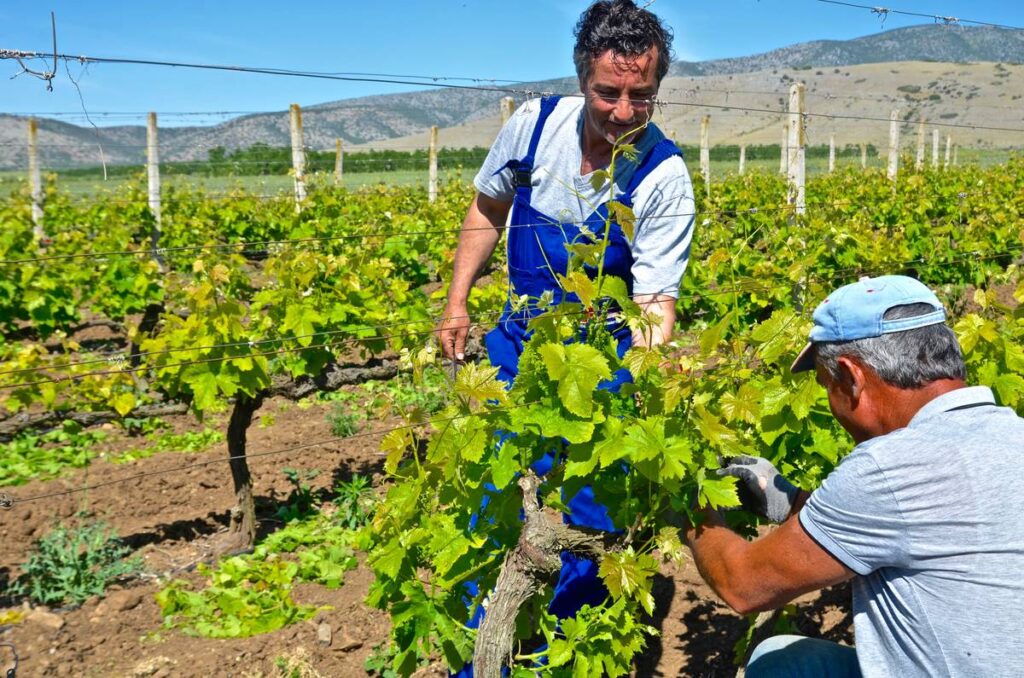
Vegetation in Central Macedonia mainly includes plants characteristic of the Mediterranean climate, such as oaks, beeches, and pines, which can be found in most of the country.In the lower parts of the mountains there are also dryland shrubs and steppe vegetation. In central Macedonia you can often spotkać rośliny takie jak oliwki, winorośle i figi. Te rośliny są dobrze przystosowane do ciepłego i suchego środowiska, które dominuje w regionie, i są częstymi elementami krajobrazu.
- Cultivated plants:




Citrus trees-Citrus trees such as oranges, lemons, tangerines and grapefruit can also be grown in central Macedonia. However, due to their sensitivity to frost, it is necessary to provide them with adequate protection from winter, especially during the colder months. In some areas of central Macedonia, where the climate is milder, growing citrus trees may be easier. However, in more continental parts of the region, it may require extra attention and care.
Walnuts- Growing walnuts in central Macedonia can be good if the soil and weather are right. Nuts like well-drained soil and moderate temperatures. In Macedonia, it is also important to water the plants, especially when it is dry. It is necessary to take regular care of the plants, fertilizing, pruning and protecting them from pests so that they grow healthy and yield lots of nuts. It is also important to choose varieties that will grow best in the area.
Figi- In central Macedonia, growing figs can be more difficult than in warmer places. However, if you take care of the trees and choose cold-hardy varieties and protect them from frost, you can try growing figs successfully. It’s also a good idea to water figs regularly and protect them from the cold so they grow healthily
Grapevines- In Central Macedonia, growing grapevines can be successful as long as weather conditions are favorable. Grapevines need plenty of sunshine and properly permeable soil. It is important to water regularly and take care of the condition of the soil so that the plants can grow well and produce a bountiful harvest. There is a long tradition of wine production in this region, and local grape varieties are often well adapted to the local climate and soil conditions. It is also necessary to carefully care for the vineyards, including pruning, disease and pest control, to ensure a high quality crop.

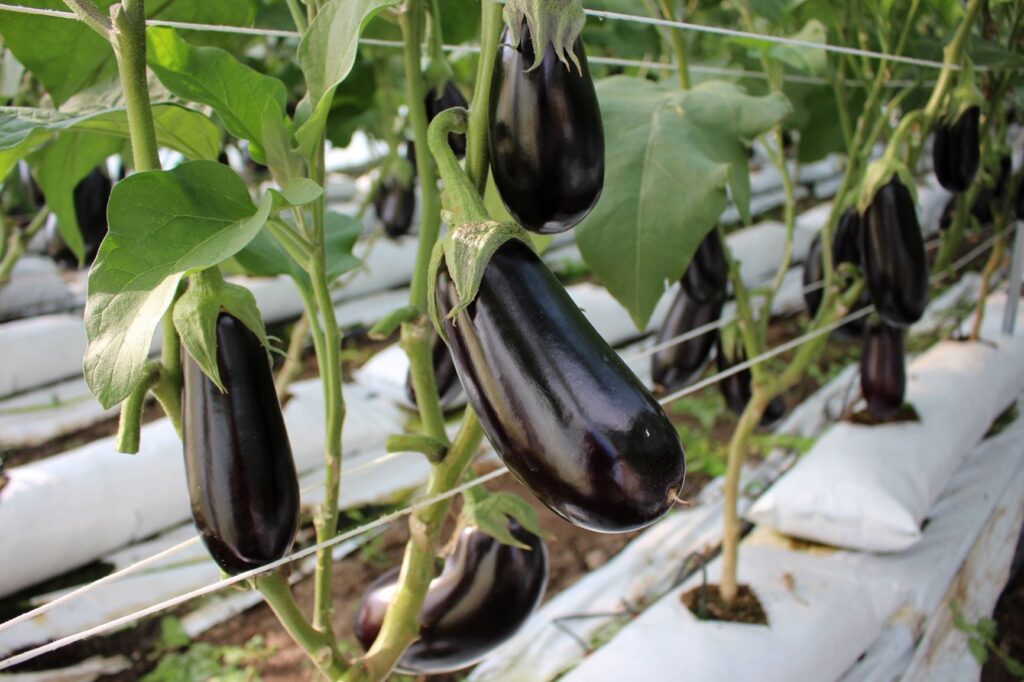


Olives- In Central Macedonia, olive farming can be successful as long as the soil and weather are right. Olives prefer warm, sunny conditions and not too moist soil. It is a good idea to water and care for olive trees regularly so that they grow healthy and fruit abundantly. Olives are an important agricultural product in Macedonia, and the tradition of growing them goes back a long way to that region
Eggplants are popular in Macedonia because the climate there is favorable for their growth. Good soil and plenty of sunshine are important in growing eggplants. In central Macedonia, where it is moderately warm, you can expect eggplants to grow well and produce a bountiful harvest.
Peppers-In central Macedonia, climatic conditions can be suitable for growing peppers, especially during the summer when the weather is warm and sufficient sunlight is available. It is also important that the soil is well-watered and fertile. It is worth consulting local farmers or agricultural specialists for more detailed information on local conditions and best practices for growing peppers in the region.
Tomatoes- Tomato cultivation is common in Central Macedonia thanks to its favorable climate and suitable soil conditions. Tomatoes prefer warm, sunny conditions, making the region an ideal place to grow them. Soils with good structure and sufficient moisture levels promote plant growth. Depending on your preference and ability, they can be grown both in open fields and in greenhouses, allowing production for most of the year.
- Wild trees



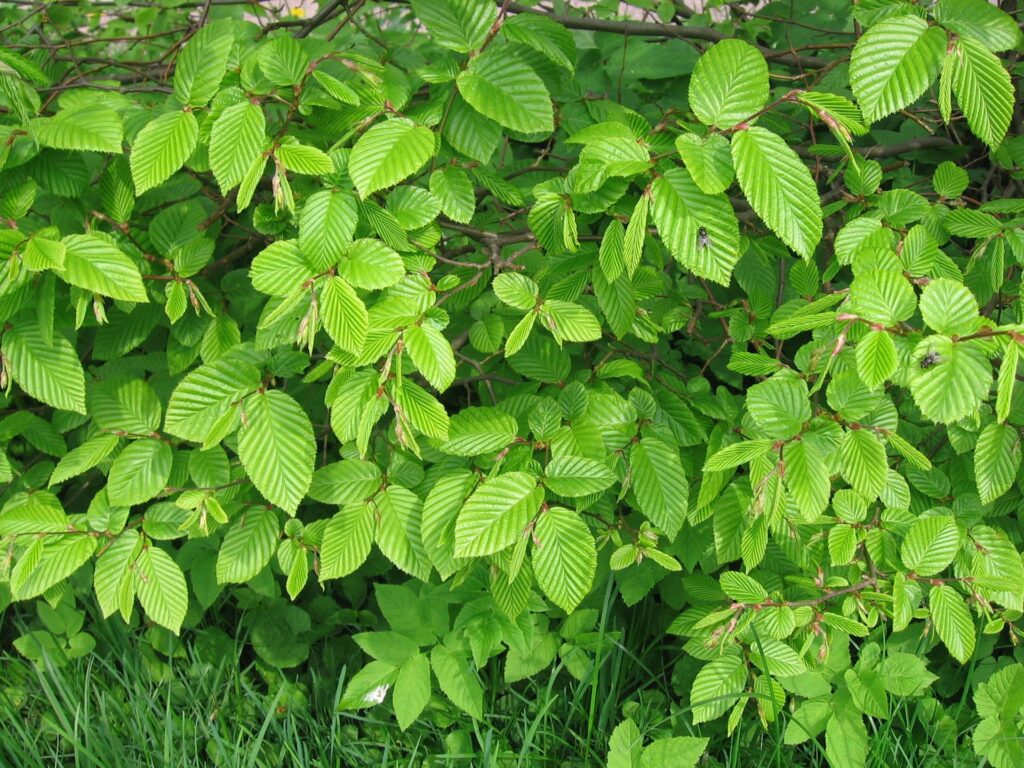
Jesiony
Lipa
Topola
Grab
- other plants




lilie wodne
magnolie
Hibiskus
Bougainvillea
- Birds:
Peregrine falcon, Osprey, Golden eagle, Common sparrow, Common godwit
- Mammals:
wild boars, deer, foxes, rabbits, dogs, cats
- Reptiles:
Common viper, Common grass snake, Common blindworm, Viviparous lizard
- Amphibians:
newts, frogs, toads and salamanders
Why are there so many stray animals in Greece?
The problem of stray cats and dogs in Greece is not easy to solve for several reasons:
1. lack of financial resources: Local authorities and NGOs often have limited financial resources, making it difficult to effectively combat the problem of animal homelessness.
2. Lack of public awareness: Some people still do not realize the seriousness of the problem of animal homelessness and do not take action to solve it. Lack of education about responsible pet ownership and the need for sterilization contributes to the excessive breeding of animals.
3 Difficulty in enforcing regulations: Even though there are laws to combat animal homelessness, enforcement can be difficult due to a lack of resources and problems identifying and punishing people who abandon animals.
It is worth noting, however, that many organizations and volunteers in Greece are making efforts to address animal homelessness through adoption, sterilization, treatment and shelter. However, there are still many challenges to overcome.
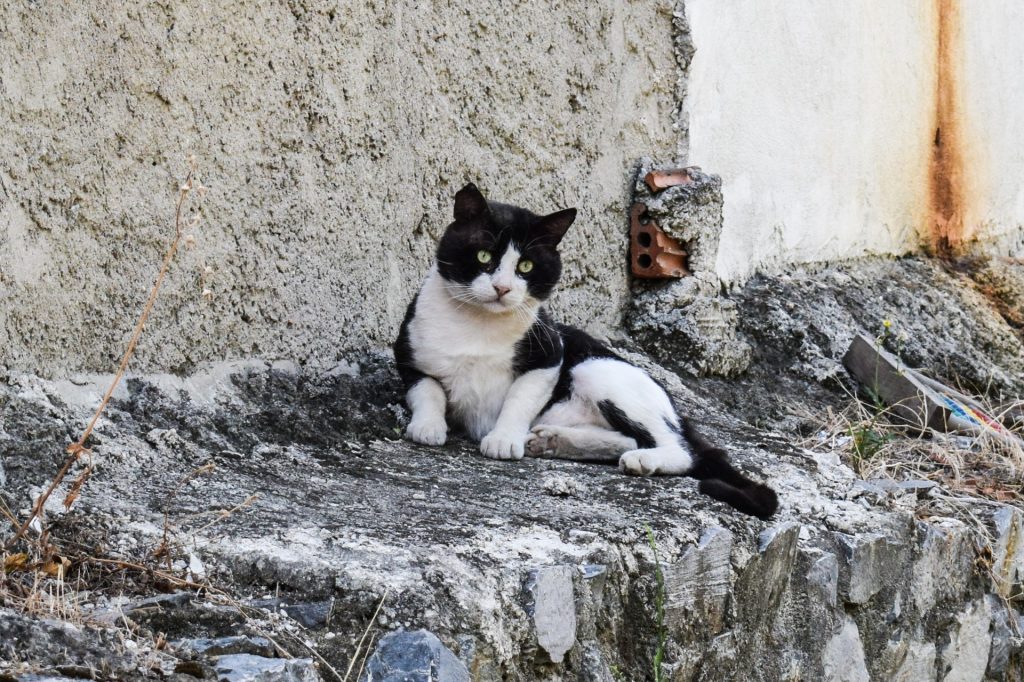
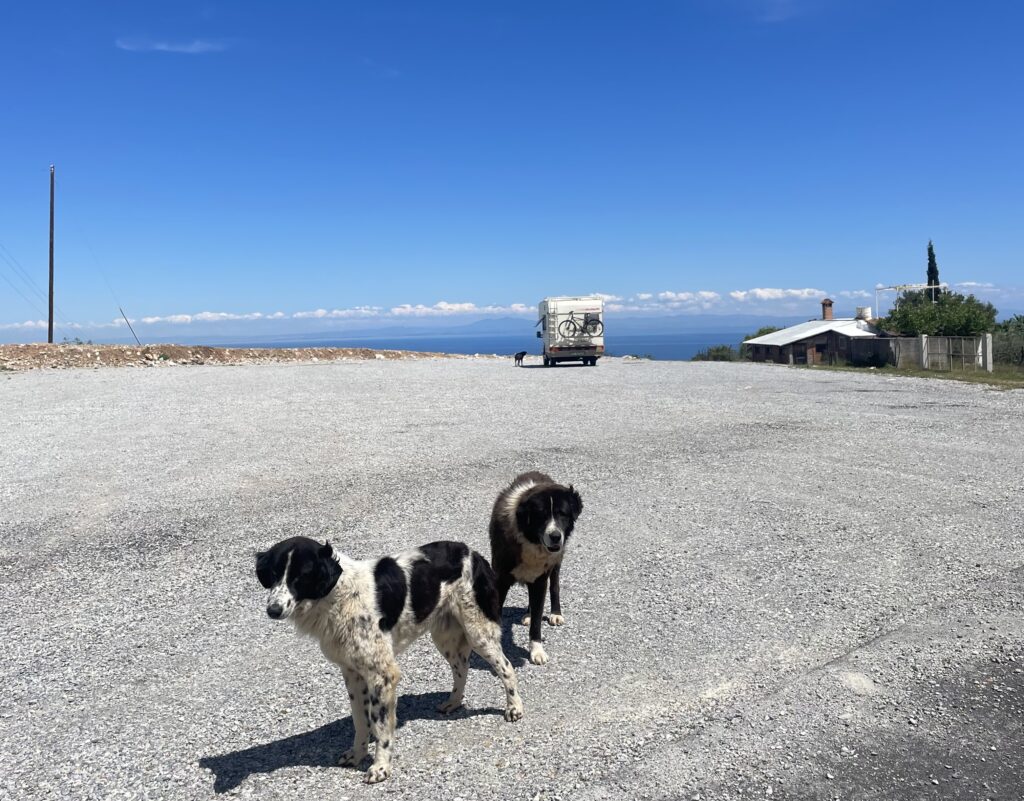
Central Macedonia region-one of the 13 administrative regions in Greece. It is located in the northern part of the country and occupies the central part of Greek Macedonia, which is part of the former historical land of Macedonia. It is bordered to the west by the Region of Western Macedonia, to the southwest by the Region of Thessaly, to the east by the Region of Eastern Macedonia and Thrace, and to the north by Bulgaria and North Macedonia. It is bounded on the south by the Aegean Sea. At the eastern end of the Chalkidiki peninsula, it borders the Athos Autonomous District.
Page prepared by:
Emilia Smulska, Lena Charchut, Roksana Buraś, Marcelina Cielak, Wiktoria Lada
Zespół Szkół Zawodowych Nr 1 im. Jana Pawła II w Dębicy
